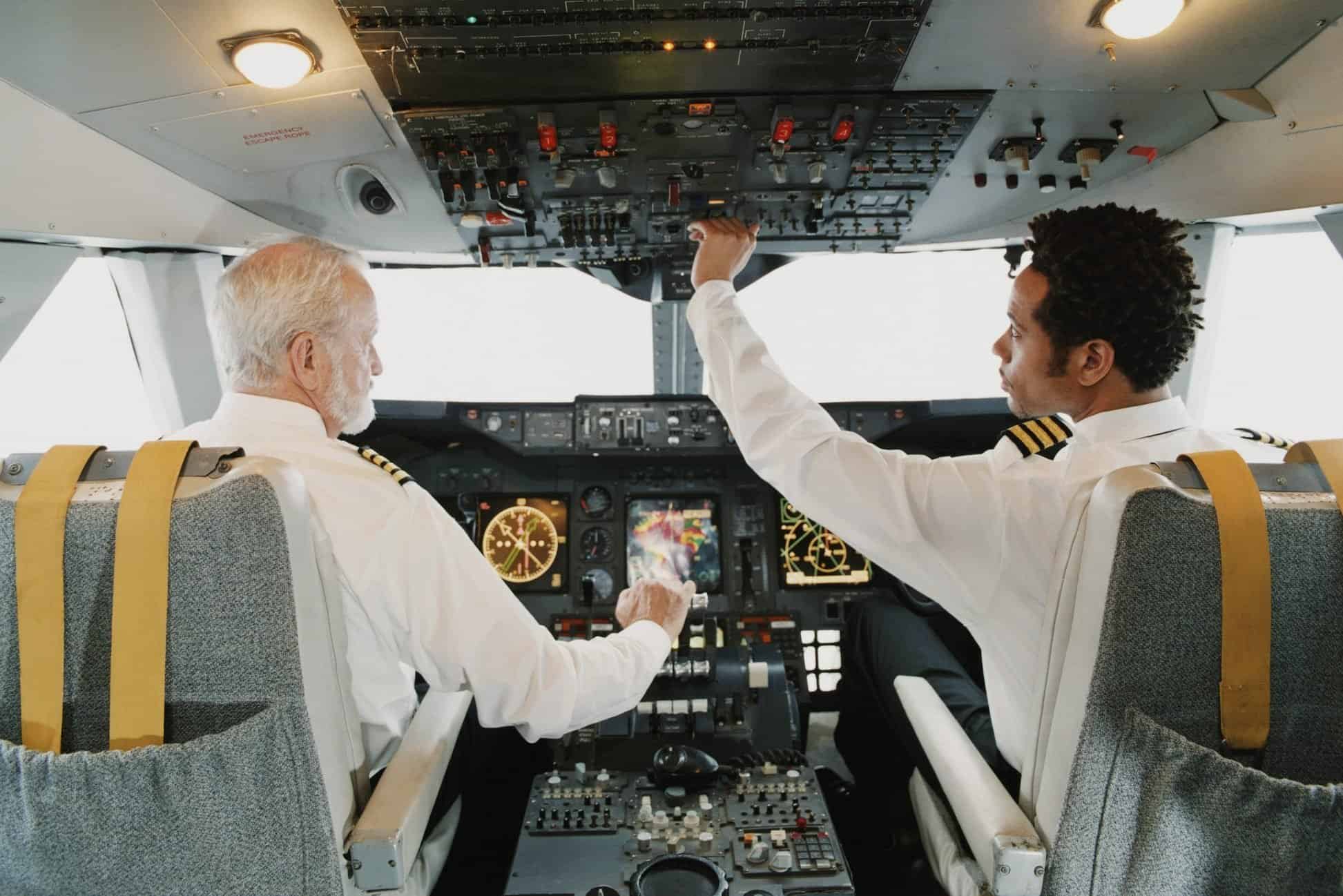In 1983 I was flying on a small regional airline when our landing gear got stuck…halfway between up and down. This experience taught me all about pattern recognition.
I had departed from Memphis, TN and was flying to Mountain Home, AR on a tiny regional airline appropriately named “Mountain Home Airlines.” As we approached our destination, the co-pilot turned to me (the airplane only held five passengers and I happened to be in the front seat) and said, “our indicator light shows that our landing gear will not lower into landing position. So, we’re going to fly past the air traffic control tower and they will hopefully be able to see what is wrong.”
As I looked out the window I could see two air traffic control specialists with binoculars, examining the bottom of our plane. The co-pilot then said to me “it appears that our landing gear is stuck, halfway between up and down. So, we’re going to execute a maneuver that involves “kissing” the runway with our gear halfway down. Hopefully this will jar it loose and back into working condition.”
My immediate thought was: these are the words that will be on my grave-stone. “Here lies Warren; died attempting to kiss the runway.
The aircraft descended as if we were going to land, but instead of slowing down, the pilot flew at flight speed about 6 inches over the runway. He then lightly bounced the plane off of the runway surface, and immediately took off again. The maneuver worked and the co-pilot — with great relief — said that the landing gear was no longer stuck. We flew past the air traffic control tower a second time to confirm our gear was fully operational and we landed in Mountain Home, AR.



